What is Creatine?
Creatine is one of the most well-researched and effective supplements for increasing strength, muscle mass, and performance. It is a naturally occurring compound found in small amounts in foods like red meat and fish. However, supplementation ensures your muscles have a readily available energy source to power through high-intensity workouts.
The Gold Standard: Creatine Monohydrate
What is Creatine Monohydrate?
Creatine Monohydrate is the most widely used and studied form of creatine. It has been proven to increase muscle mass, improve exercise performance, and support cognitive function.
Benefits of Creatine Monohydrate:
Proven Effectiveness – Backed by hundreds of scientific studies.
Cost-Effective – Most affordable form of creatine.
Highly Bioavailable – Easily absorbed by the body.
Muscle Hydration – Helps pull water into muscle cells for a fuller look.
ATP Production – Enhances energy output during intense training.
Creatine HCL: A Newer Alternative
What is Creatine HCL?
Creatine Hydrochloride (Creatine HCL) is a more recent form of creatine that binds the molecule to hydrochloric acid. This formulation claims to offer better solubility and absorption compared to monohydrate.
Benefits of Creatine HCL:
- Increased Solubility – Dissolves more easily in water.
- Reduced Bloating – Some users report less water retention compared to monohydrate.
- Smaller Doses Required – Due to enhanced absorption, lower doses may be effective.
Creatine Monohydrate vs. Creatine HCL: Which One Should You Choose?
Effectiveness
Both forms support strength and performance, but Creatine Monohydrate has decades of research backing its effectiveness, while HCL has limited studies in comparison.
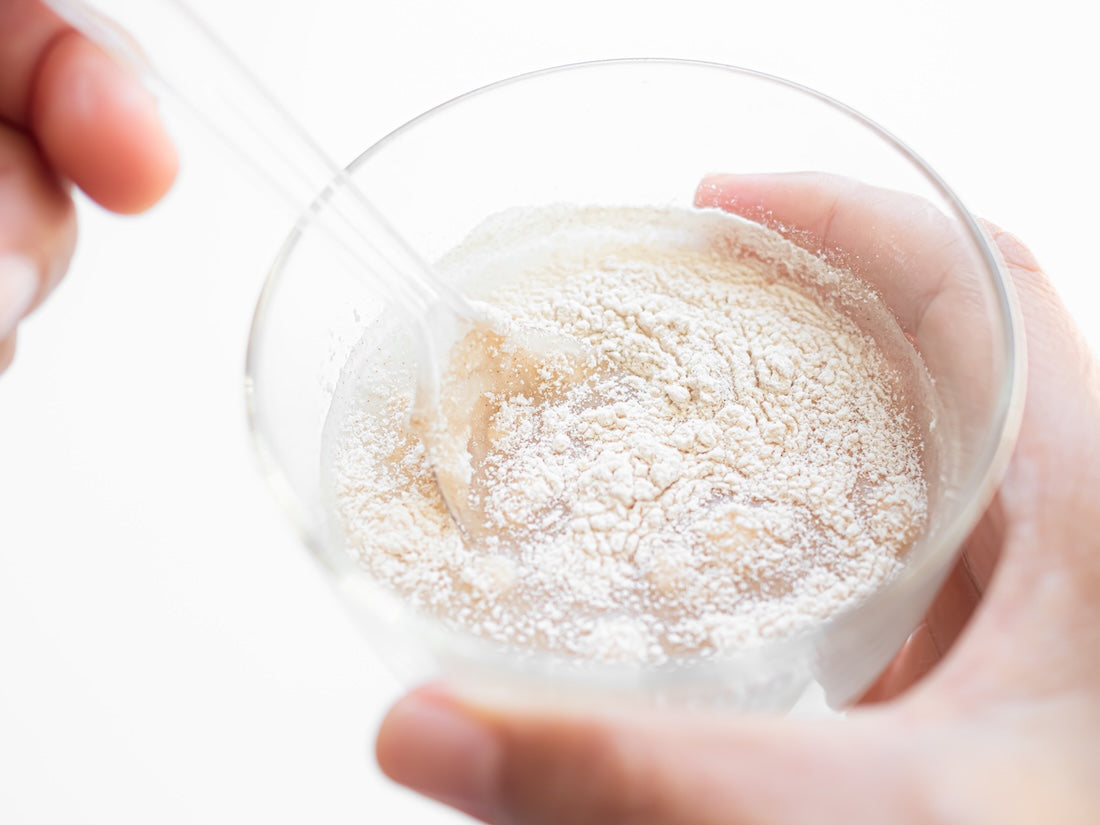
Absorption & Solubility
Creatine HCL is more soluble in water, which may make it easier to digest for those who experience bloating with monohydrate. However, monohydrate’s absorption can be improved by simply taking it with food or warm water.
Creatine Monohydrate is the most widely used and studied form of creatine. It has been proven to increase muscle mass, improve exercise performance, and support cognitive function.
Cost Comparison
Creatine Monohydrate is significantly cheaper and available in larger quantities, making it the better option for budget-conscious consumers.
Dosage
Creatine Monohydrate: Standard dose is 3-5g per day.
Creatine HCL: Due to better solubility, a smaller dose of 1-2g per day is typically recommended.
Which One is Right for You?
If you want the most researched and cost-effective option → Go with Creatine Monohydrate.
If you have digestive issues with monohydrate → Try Creatine HCL.
If budget is a concern → Creatine Monohydrate is the better value.
Final Verdict
Creatine Monohydrate remains the gold standard due to its overwhelming scientific support, affordability, and effectiveness. While Creatine HCL may offer benefits for those with digestive sensitivities, it lacks the extensive research backing monohydrate.
Where to Buy High-Quality Creatine
When choosing a creatine supplement, opt for 100% pure, lab-tested Creatine Monohydrate from a trusted brand. Look for third-party testing certifications to ensure quality and purity.
Related Articles:
Best Time to Take Creatine for Maximum Absorption
- 5 Tips for faster recovery
- Unlocking the Power of Glutamine for Performance Athletes and Bodybuilders
- Boost Your Athletic Performance with These Effective Workout Tips
FAQ
1. Does Creatine Cause Water Retention? Yes, but primarily inside muscle cells, which enhances muscle fullness and strength.
2. Can I Mix Creatine with Protein? Yes! Creatine and protein work synergistically to support muscle growth.
3. Should I Cycle Creatine? No, cycling is unnecessary as long as you take the recommended daily dose.
4. Is Creatine Safe? Yes, extensive research confirms creatine is safe for long-term use.
By incorporating Creatine Monohydrate into your routine, you’ll experience enhanced performance, faster recovery, and improved strength—all without breaking the bank!
-Jon Klipstein
"Before launching our Creatine products, I had the same questions as we went back and forth on what would be the best source of Creatine to offer our customer base. After lengthy R&D, plus internal research we made a decision based on what we felt would be best for our users. This blog is the high level overview of our findings."
Featured product
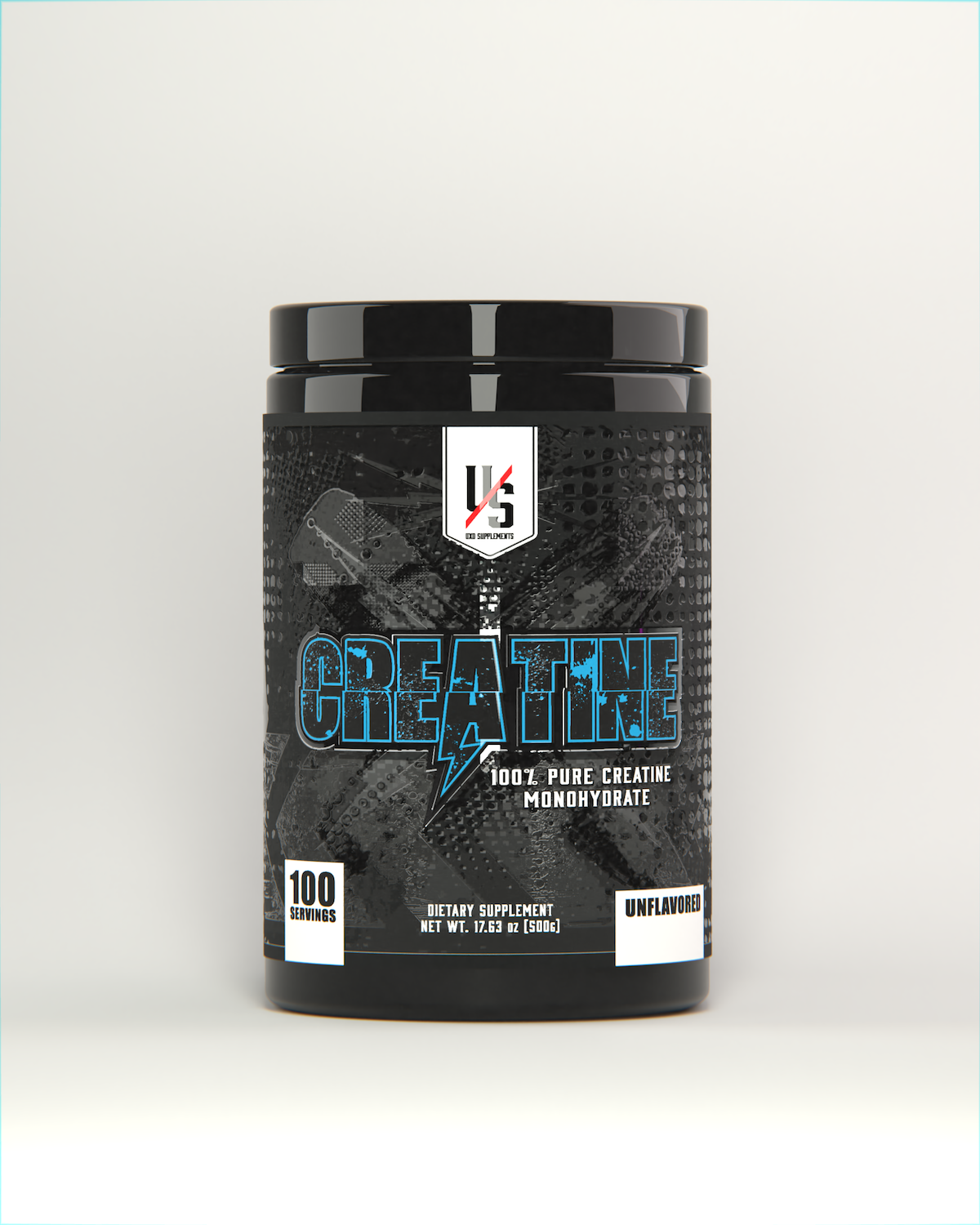
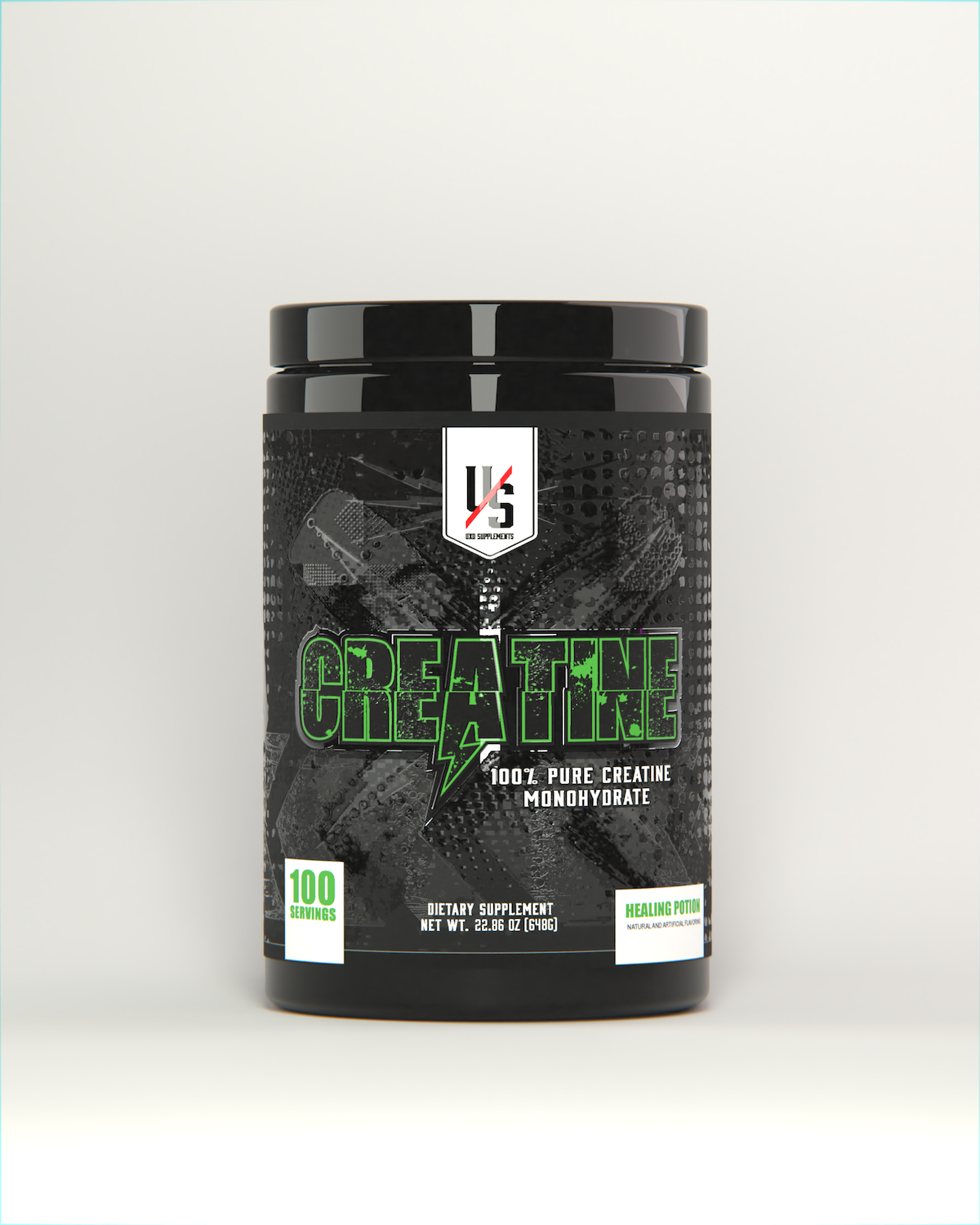
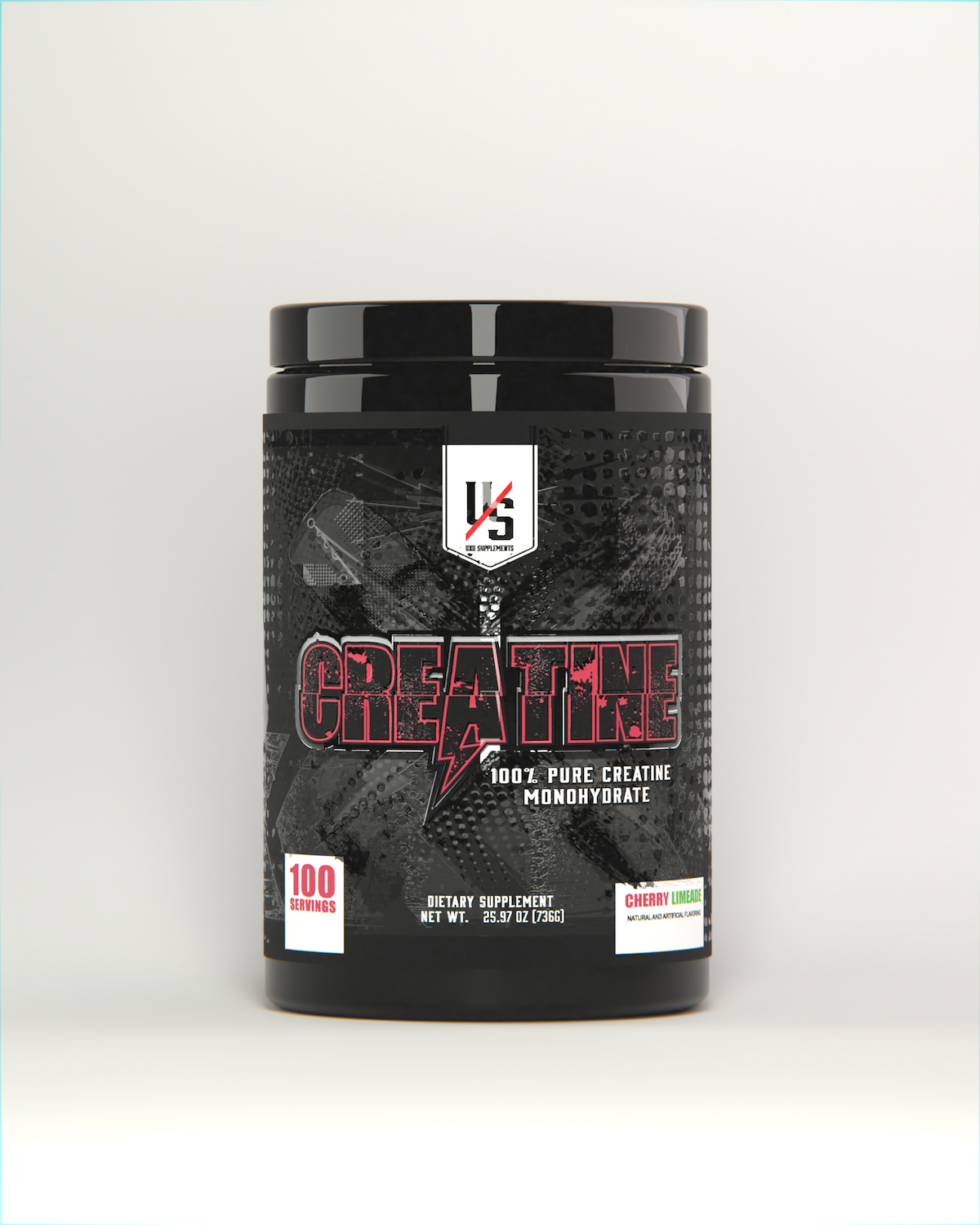
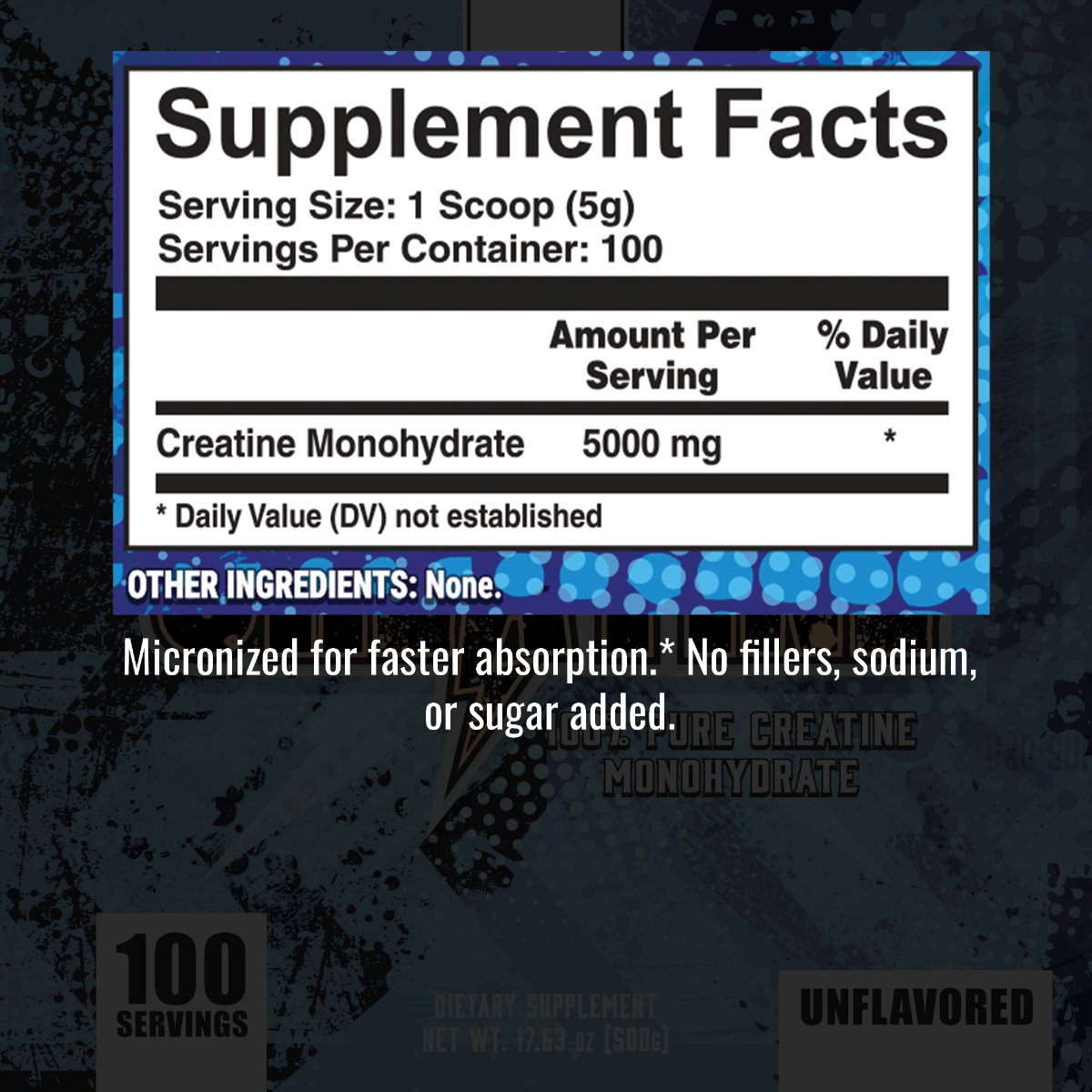
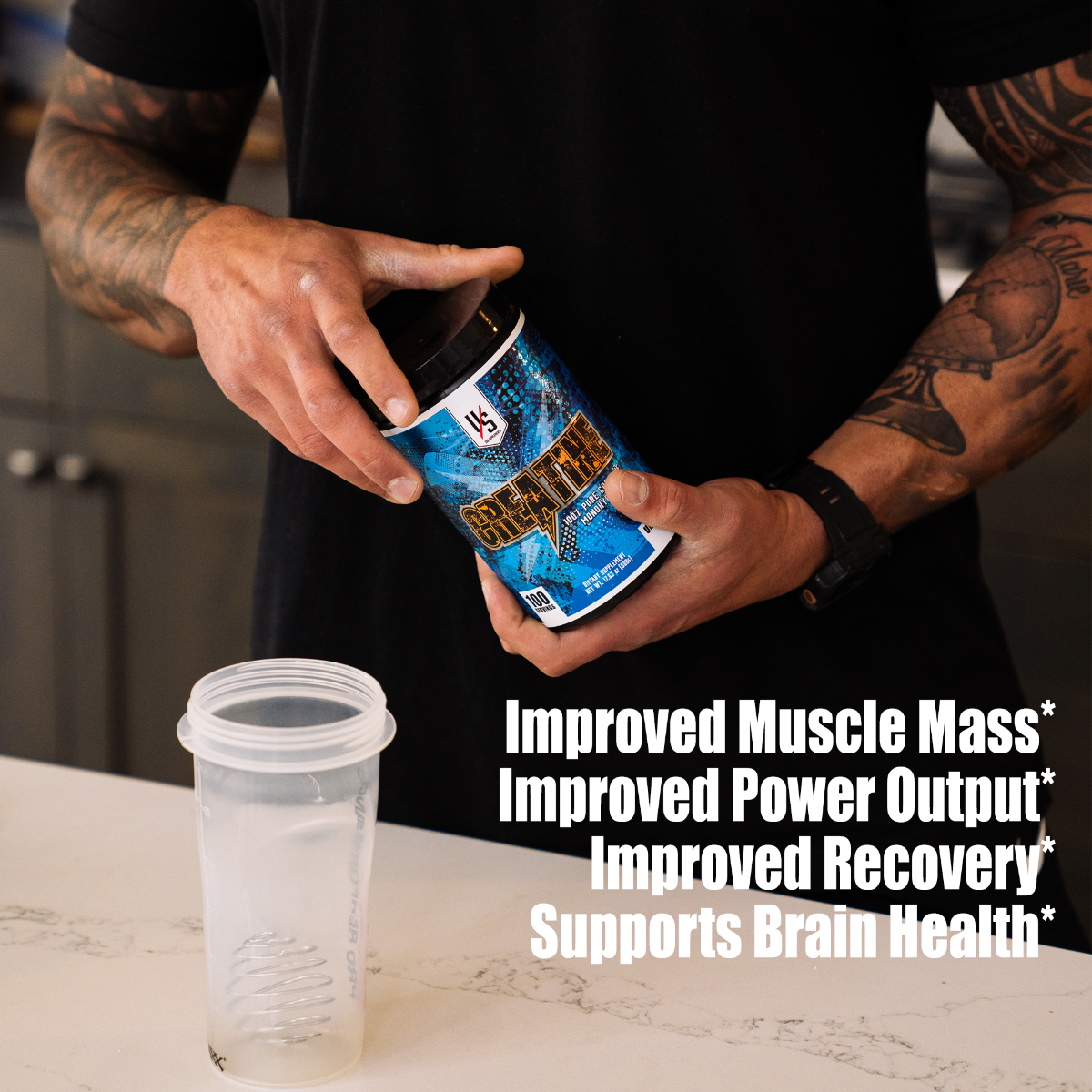
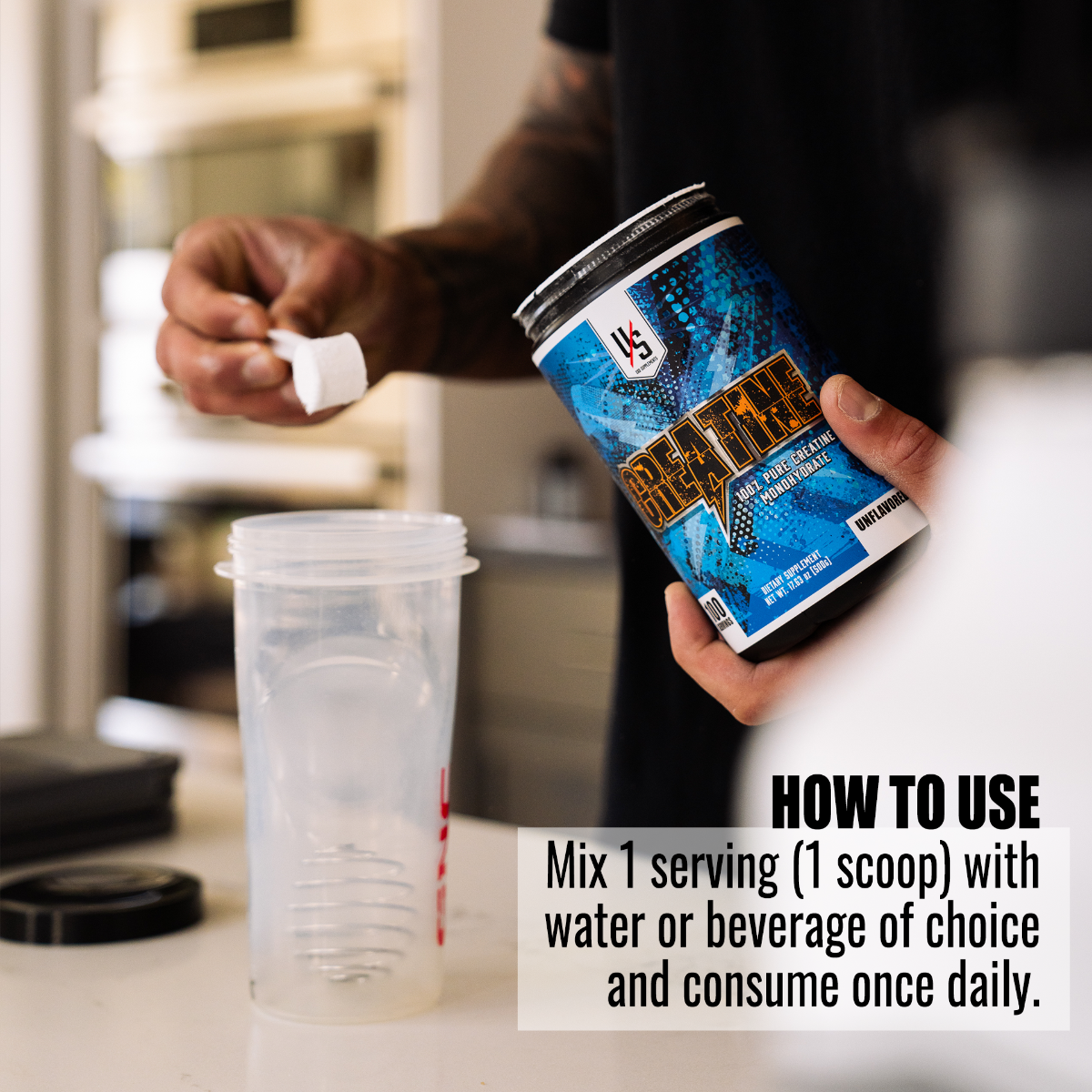
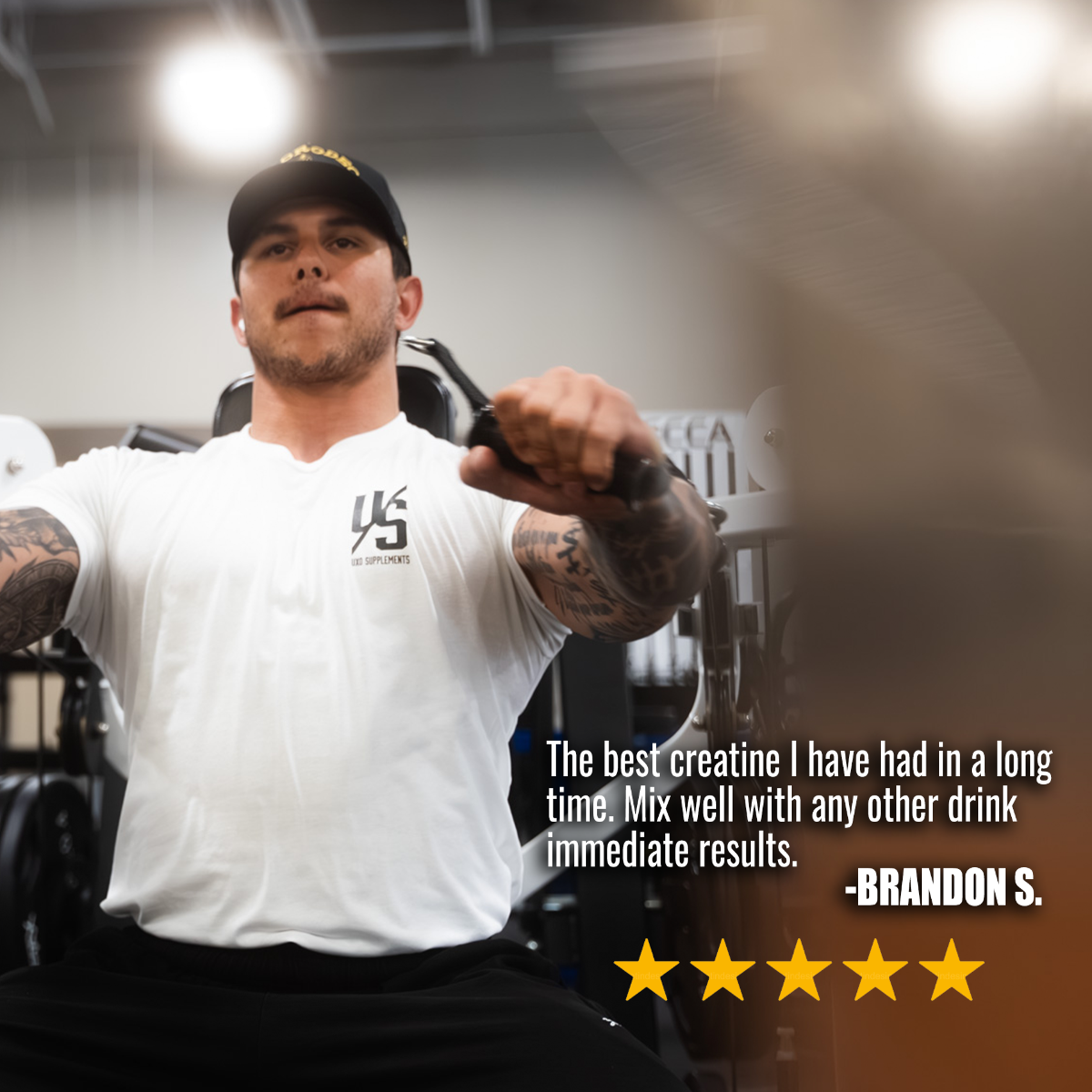
Pickup available at 11880 W. President Dr. Suite D
Usually ready in 24 hours

Micronized Creatine Monohydrate
100 serving / Healing Potion
11880 W. President Dr. Suite D
11880 W President Dr
Suite D
Boise ID 83713
United States
PRODUCT DETAILS
100 servings per container |
|
Increased muscle and strength |
|
improved recovery |
|
could support brain health |
How do you choose the right Creatine Monohydrate?
1: While Creatine Monohydrate is the most popular version, there are differences in Creatine Monohydrate. If you are worried about stomach sensitivity, we recommend taking a Micronized Creatine Monohydrate. Micronized meaning it has been broken down into smaller particles to improve solubility.
2: Is 3rd Party testing important to you? Are you a drug tested athlete, or concerned about cross contaminents making their way into your products? The only way to ensure you are getting exactly what is on the label, without any traces of potential banned ingredients is to choose a product that is 3rd party tested.
3: How do you want to take your creatine? Stack it with your preworkout or EAAs? Then a non-flavored one would be a great opton. If you want to take Creatine by itself, we recommend a flavored version.
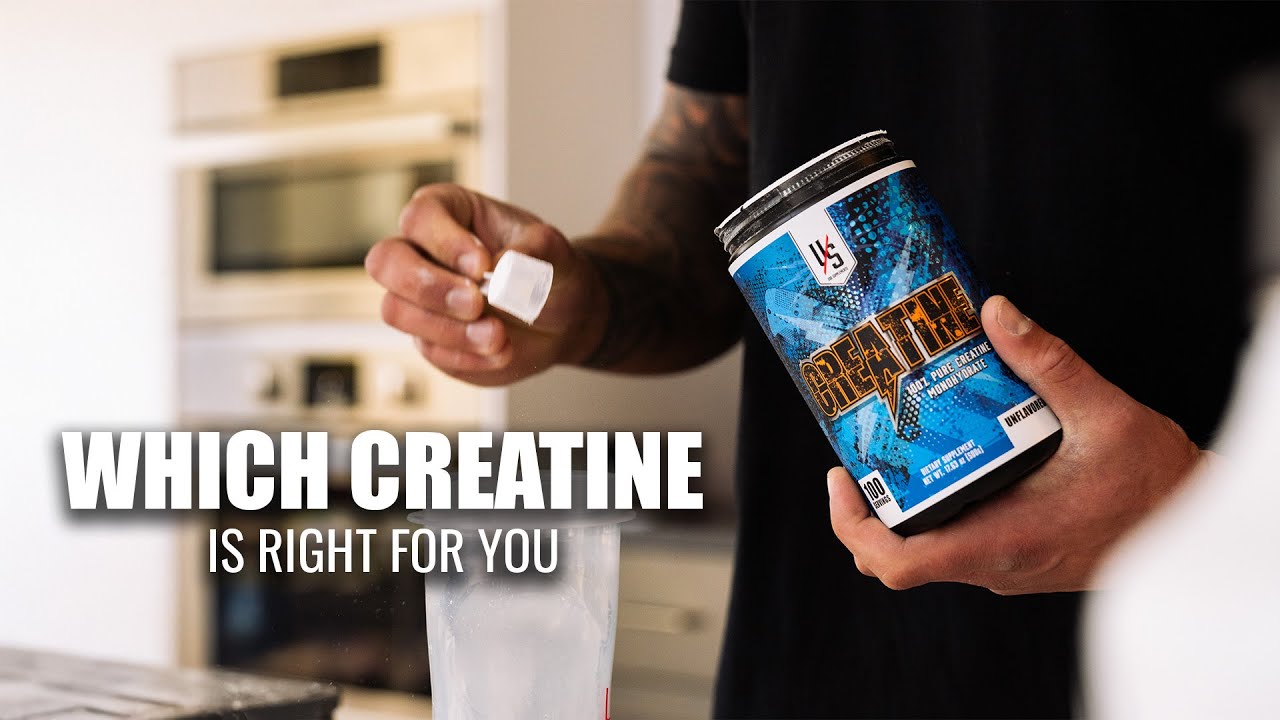
Video
Did you know you can now get Flavored Creatine through UXO Supplements?
With the increased popularity and ever evolving studies on the benefits of Creatine, we decided to give you options. With the unflavored version, you need to be able to mix it with something to mask the bitterness of the raw ingredient. Now you can take Creatine by itself with one of our flavored versions. More will be coming as we continue to grow.
Creatine Monohydrate Pros and Cons
CONS |
|
Not as soluble as HCL |
|
Causes GI Distress with a small % of population |
|
People often confuse between working out with a kettlebell and weight lifting since the two routines seem similar with a slightly different approach.
For the most part, both workouts yield similar results that mainly manifest as muscle hypertrophy, increased strength, and improved bone mineral density.
Difference between kettlebell and weights
The main difference between kettlebell training and weight lifting using other tools is the type of movement you’ll be performing.
For instance, the kettlebell swing offers a full-body workout by recruiting the vast majority of muscles. On the other hand, performing dumbbell curls primarily benefits the biceps and some accessory muscles.
Benefits of kettlebell and weight training
Offers an efficient full-body workout
Kettlebell exercises offer a full-body workout, as the vast majority of muscle groups get recruited.
The most common mistake that beginners make is focusing too much on the heavy machinery found in the gym, which targets specific muscle groups. This feature is fine for high-performing athletes who want to improve the function of a specific muscle group. However, in beginners, it could yield the exact opposite result.
By counting on your lower body to coordinate the swinging motion while stabilizing the kettlebell with your arms, the entire muscular system is working to perform this exercise, which improves cardiovascular health and promotes muscle hypertrophy.
Working out with dumbbells can also yield similar results. However, if you focus on restrained movements or machines, you’ll lose the advantage offered by free weights.
Stimulate your cardiovascular system
As you swing the kettlebell in the air, your cardiac frequency will rapidly increase to meet the demands of your muscles.
This benefit is also shared by weight lifting, as the explosive movement stimulates the heart to pump blood and improve cardiovascular health.
Over time, the heart will adapt to the large amounts of blood that are being pumped, which leads to blood vessel expansion mediated by the release of sympathomimetic neurotransmitters.
Promotes better flexibility
Unfortunately, most people have a desk job and a sedentary lifestyle that progressively wreaks havoc on their physiological processes.
One common chief complaint seen in people of low physical activity is decreased flexibility and articular range of motion.
For instance, the hip joint is especially predisposed to motion issues, which calls for the need of regular stretching and exercise.
The good news is that kettlebell exercises depend on the coordinated rotation of several articulations (e.g., hip, shoulder, elbow), making it the perfect exercise to improve flexibility and reduce injury.
Similarly, lifting a barbell or performing complex exercises with dumbbells increases the articular range of motion and decreases the risk of injury.
For more intriguing topics like this one, do not hesitate to check our website by clicking on this link.
Read more
Cardio or Cardi-"NO"! Is it your pain or your passion? It doesn’t matter how you define it; the reality is that cardio exercise is an important component in every fitness plan. The health benefits ...
While there are endless fitness methodologies out there today, CrossFit may just be the most criticized and scrutinized… Some call it a cult, while others deem it a mere fad, but it’s been around f...






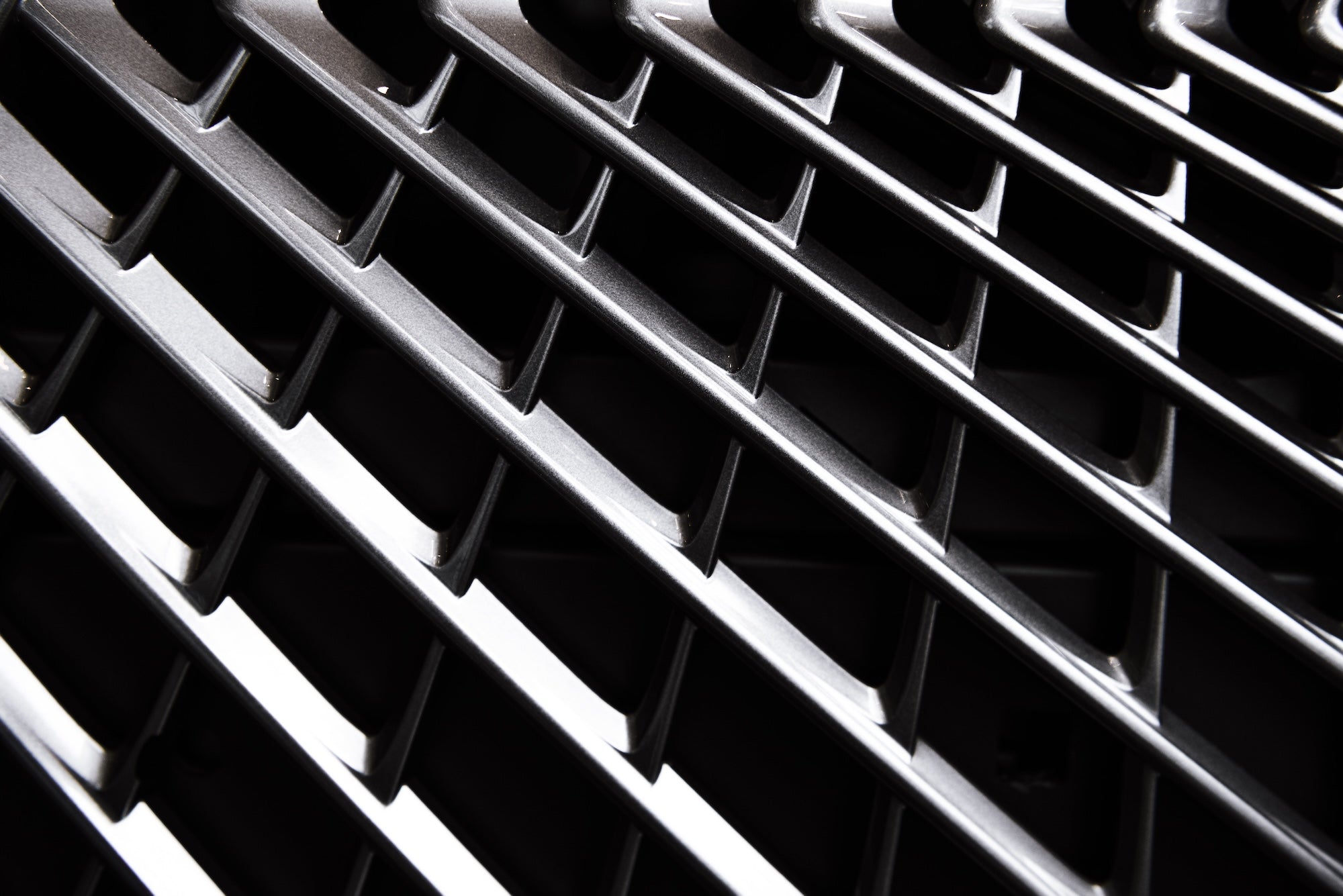

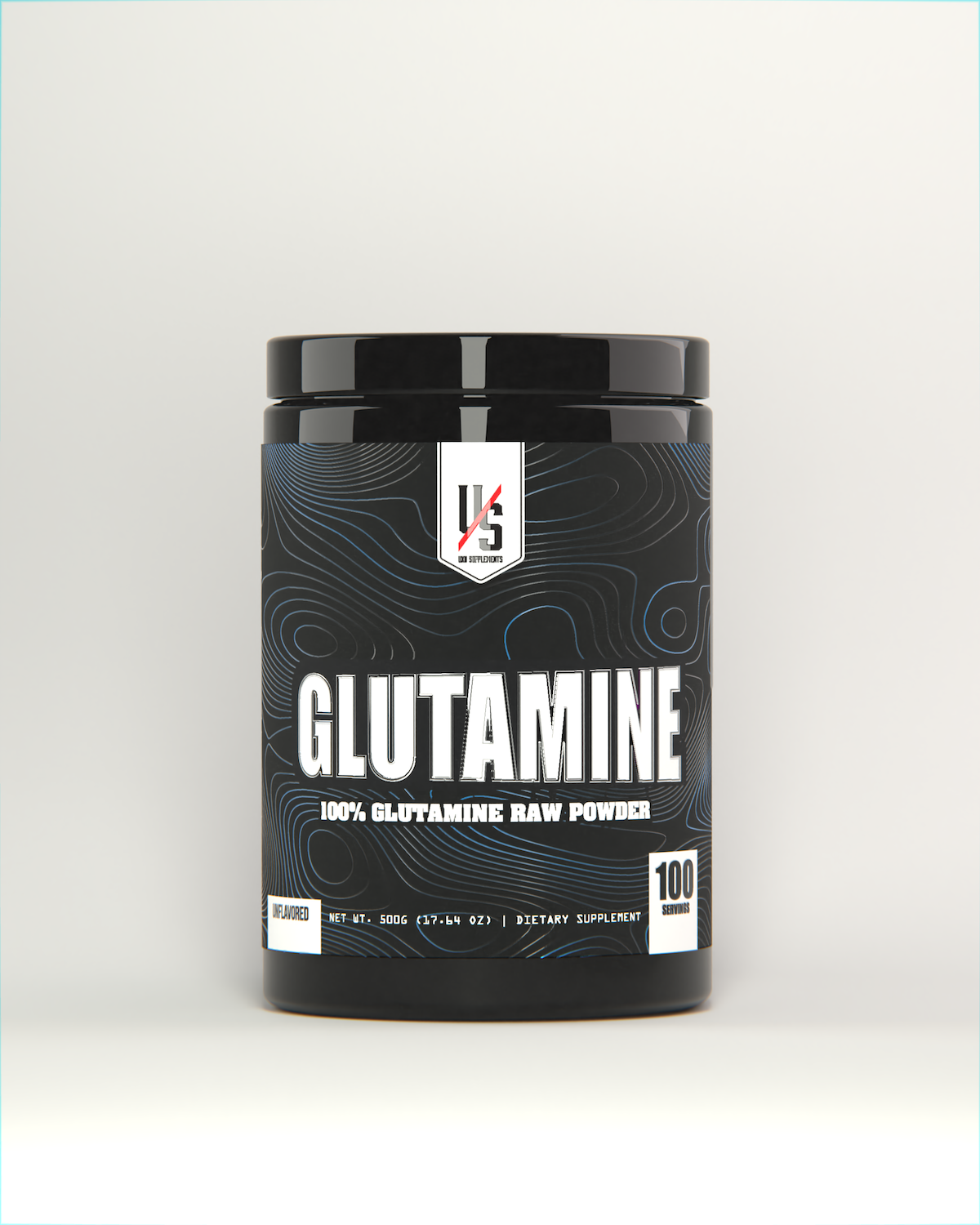

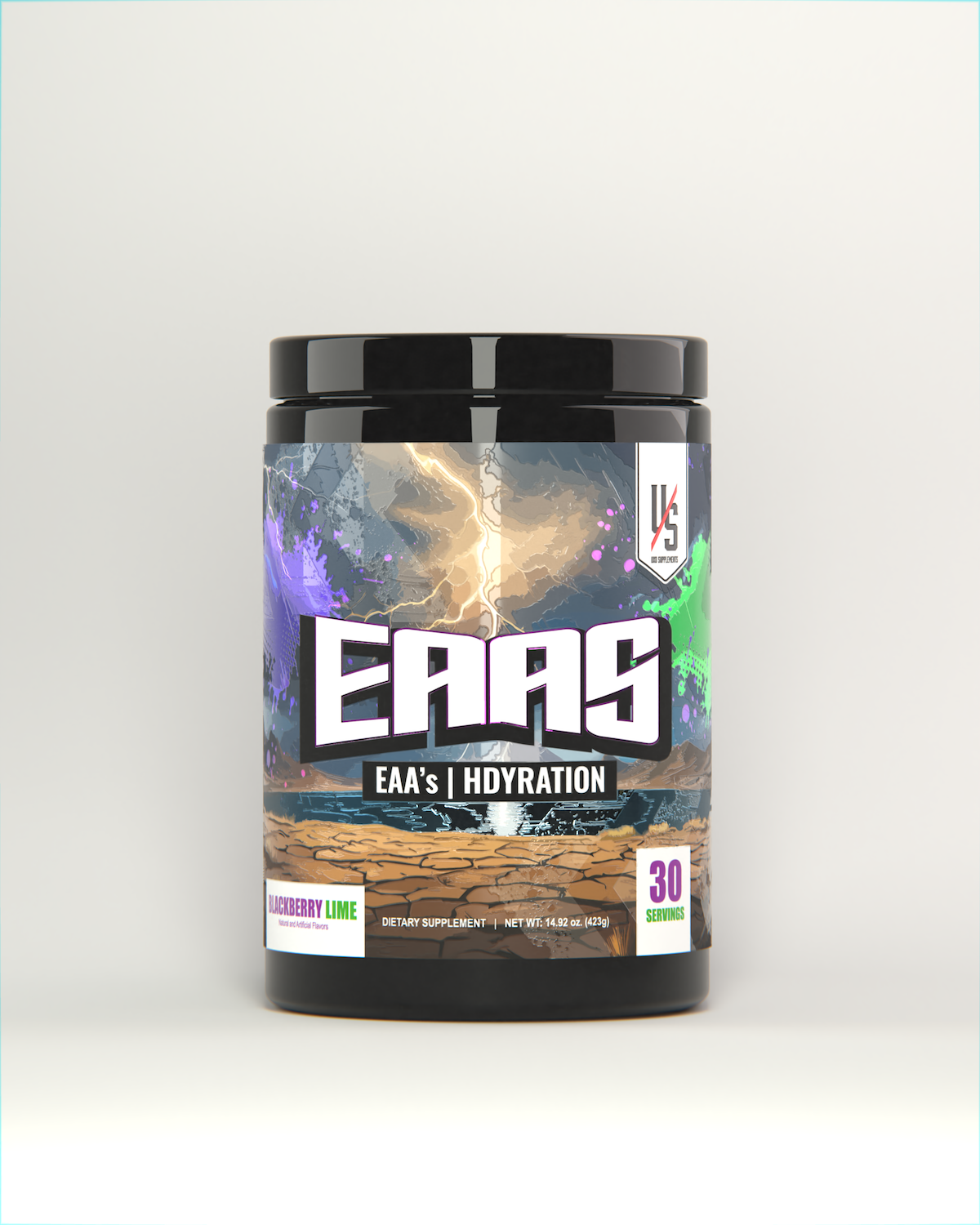
Leave a comment
All comments are moderated before being published.
This site is protected by hCaptcha and the hCaptcha Privacy Policy and Terms of Service apply.